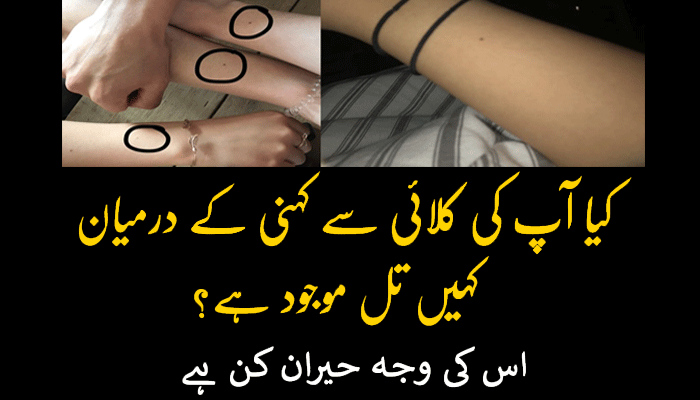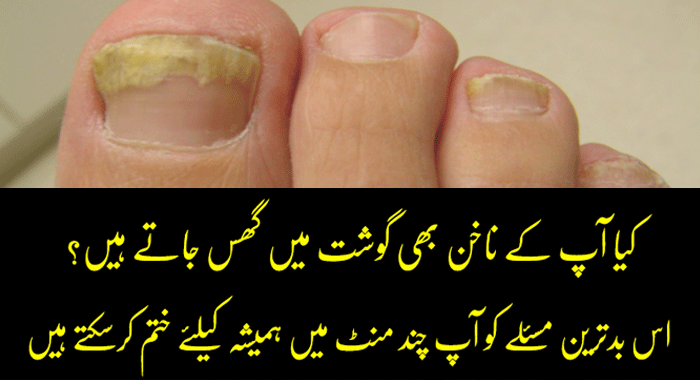
Cancerous moles, also known as melanoma, are the most serious type of skin cancer. They can develop anywhere on the body and can spread to other parts of the body if not caught early. This blog post will discuss the signs, symptoms, and how to identify cancerous moles so that you can get treatment as soon as possible.
Skin cancer is the most common type of cancer in the United States. There are many different types of skin cancer, but the most serious type is melanoma. Melanoma can develop in any part of the body, but it is most common on the skin that is exposed to the sun.
How to Spot Cancerous Moles at Home (Urdu)





What are cancerous moles?
A cancerous mole, also known as melanoma, is a type of skin cancer that develops from the pigment-producing cells in the skin. Melanoma can look like a normal mole, but it can also have some telltale signs that can help you identify it.
Signs and symptoms of cancerous moles
The signs and symptoms of cancerous moles can vary, but some of the most common include:
Asymmetry: A cancerous mole will often be asymmetrical, meaning that one half of the mole does not match the other half.
Border: The border of a cancerous mole will often be irregular, with scalloped or notched edges.
Color: A cancerous mole may have multiple colors, including shades of brown, black, red, white, or blue.
Diameter: The Cancerous mole is often larger than 6 millimeters (about the size of a pencil eraser).
Evolution: A cancerous mole may change in size, shape, or color over time.
Irritation: Cancerous mole may be itchy, bleed, or ooze.
How to identify cancerous moles
To identify cancerous moles, follow these steps:
Perform Regular Self-Examinations: Familiarize yourself with your moles and conduct monthly self-examinations. Use a full-length mirror and a handheld mirror for hard-to-see areas.
Observe Changes: Pay attention to any changes in moles’ size, shape, color, or texture. Also, note any itching, bleeding, or crusting.
Assess the ABCDE Characteristics: Utilize the ABCDE rule mentioned earlier to assess asymmetry, border irregularity, color variation, diameter, and evolution of moles.
Seek Professional Evaluation: If you notice any suspicious changes or are uncertain about a mole, consult a dermatologist or healthcare professional. They can perform a thorough examination and, if necessary, conduct a biopsy for accurate diagnosis.
How to prevent cancerous moles
There are a number of things you can do to help prevent cancerous moles, including:
Avoid excessive sun exposure.
Wear sunscreen with an SPF of 30 or higher every day, even on cloudy days.
Wear protective clothing, such as a hat and sunglasses, when you are in the sun.
Get regular skin exams from your doctor.
Being able to identify cancerous moles is crucial for early detection and prompt medical intervention. By recognizing the signs and symptoms, such as asymmetry, border irregularity, color variation, diameter, and evolution, individuals can take charge of their skin health. Regular self-examinations and seeking professional evaluation when in doubt are vital steps in the fight against melanoma. Stay vigilant, prioritize skin health, and remember that early detection saves lives.
FAQs
What are the risk factors for developing cancerous moles?
Excessive sun exposure, a history of sunburns, fair skin, a family history of melanoma, a weakened immune system, and having many moles or atypical moles are common risk factors for developing cancerous moles.
Are all moles that exhibit the ABCDE characteristics cancerous?
Not all moles displaying the ABCDE characteristics are cancerous. These signs serve as a guideline to raise suspicion and prompt further evaluation. A dermatologist will conduct a thorough examination and may perform a biopsy to confirm whether a mole is cancerous or benign.
Can cancerous moles develop on areas of the body not exposed to the sun?
Yes, cancerous moles can develop on areas of the body not typically exposed to the sun. While excessive sun exposure is a significant risk factor, melanomas can occur on any part of the skin, including areas covered by clothing or not directly exposed to sunlight.
Can children develop cancerous moles?
While cancerous moles are more common in adults, children can develop melanoma as well. It is important for parents to regularly monitor their children’s skin for any suspicious moles or changes in existing moles.
Can I prevent the development of cancerous moles?
While it is not possible to completely eliminate the risk of developing cancerous moles, you can take preventive measures. These include practicing sun-safe habits such as wearing protective clothing, using sunscreen, avoiding tanning beds, and regularly examining your skin for any changes.
Can cancerous moles be treated and cured?
Yes, if detected early, cancerous moles can often be successfully treated and cured. Treatment options may include surgical removal, radiation therapy, immunotherapy, or targeted therapy, depending on various factors such as the stage of melanoma and the individual’s overall health.
How frequently should I have my moles checked by a dermatologist?
It is recommended to have a professional skin examination by a dermatologist at least once a year, especially if you have a history of atypical moles, a family history of melanoma, or other risk factors. Regular self-examinations should be performed monthly to monitor any changes in your moles. (This Article Updated on 06/July/223)









